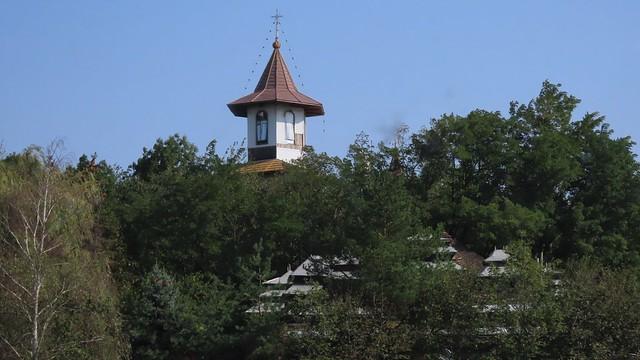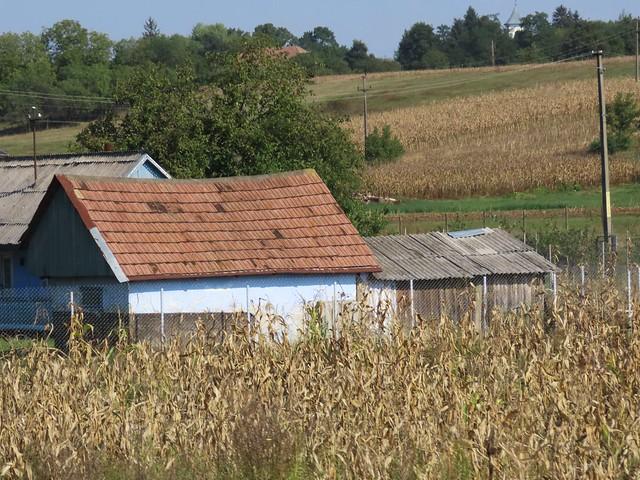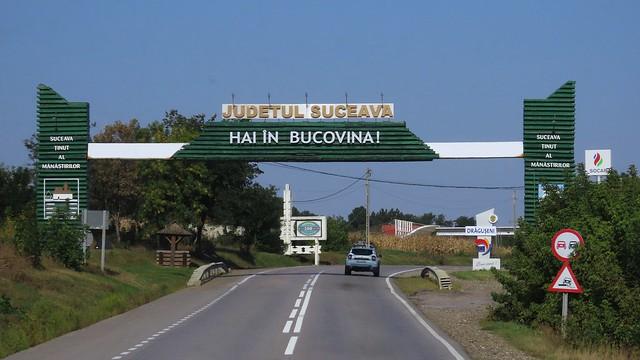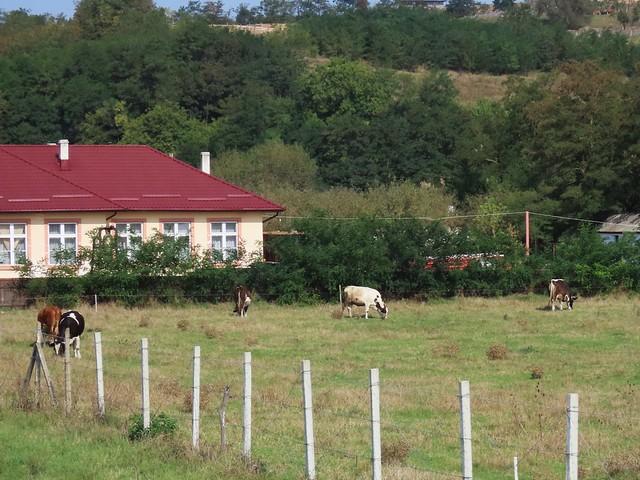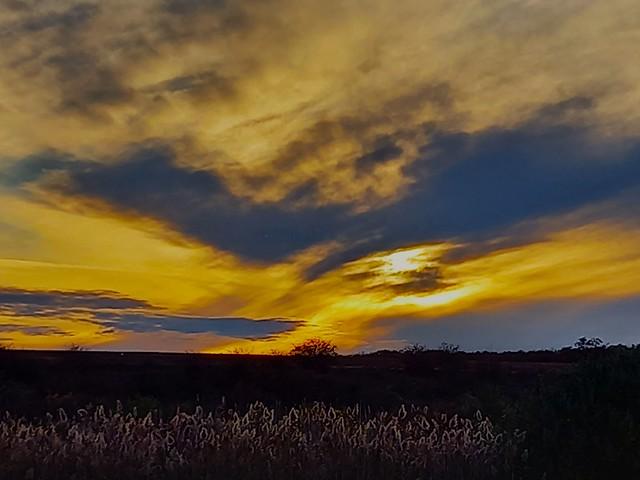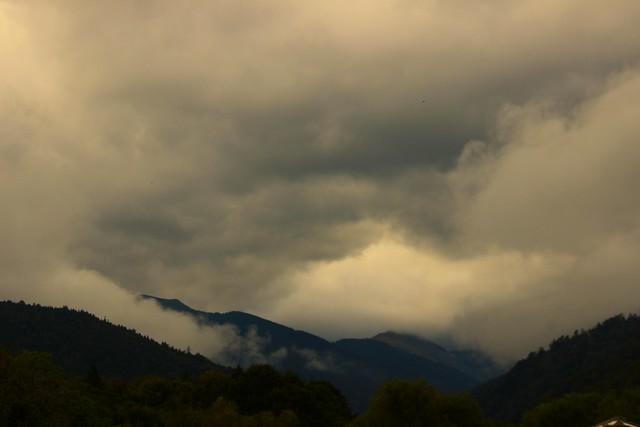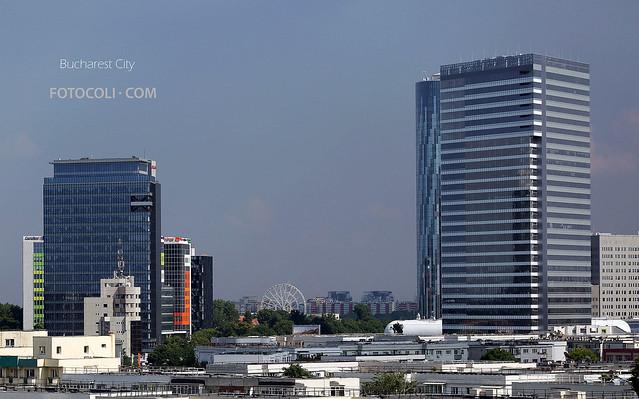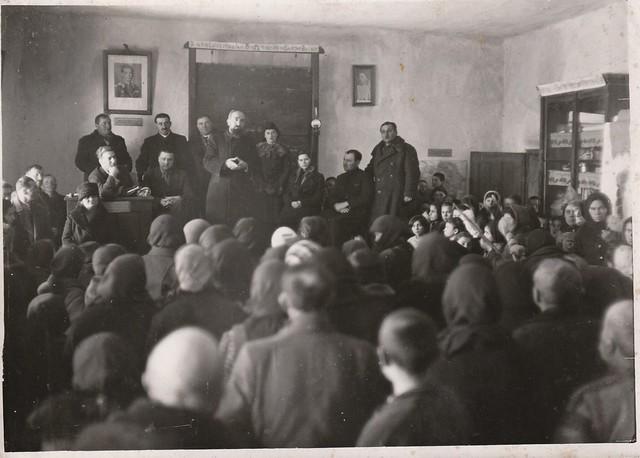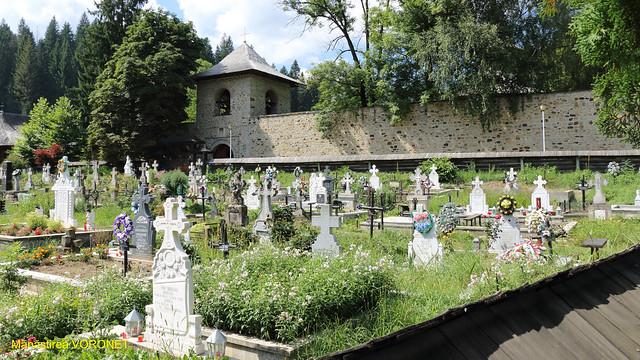Suceava County
Overview
Overview of Suceava County, Romania
Suceava County is located in the northeastern part of Romania, in the historical region of Bukovina. Renowned for its rich history and cultural diversity, the county is a tapestry of architectural treasures, including numerous medieval monasteries and churches, many of which are UNESCO World Heritage Sites. The city of Suceava itself was the capital of the Moldavian principality and hosts the impressive Suceava Fortress. Besides historical sites, the region's natural landscapes—from rolling hills and dense forests to serene lakes—offer a vibrant backdrop that appeals to nature lovers and history enthusiasts alike. The local culture reflects a blend of Romanian, Ukrainian, and other ethnic influences, evident in the area's culinary flavors, traditional music, and festivals.
Tourism High Season and Activities
The high season for tourism in Suceava County spans from late spring to early autumn, particularly from May through September. During these months, the weather is generally warm and pleasant, making it ideal for exploring the outdoors. This period witnesses the vibrant green of spring and the rich hues of fall, perfect for hiking, bird watching, and photography in the rural and forested areas of the county. Cultural festivals and events, such as the Painted Monasteries Festival and the Suceava Medieval Art Festival, occur during these months, offering visitors a glimpse into the local traditions and historical reenactments. Additionally, the summer months are great for visiting the monasteries like Voronet, known for its stunning frescoes, and enjoying the local hospitality and cuisine.
Preparation Tips for Travelers
Before traveling to Suceava County, it’s advisable for visitors, especially teenagers, to familiarize themselves with some basic Romanian phrases to enhance interaction with locals, although many people, particularly the younger demographic, speak English. Understanding local currency (Romanian leu, RON) and having cash on hand is useful, particularly in rural areas where cards might not always be accepted. Travelers should pack according to the season; lightweight clothing for summer and warm layers for cooler months. Additionally, comfortable walking shoes are a must as exploring the monasteries and natural sites involves a fair amount of walking. Lastly, ensure you have a valid passport, and check if you need a visa or travel insurance, depending on your country of origin.
How It Becomes to This
History not available

You May Like
Explore other interesting states in Romania
Discover More Area
Delve into more destinations within this state and uncover hidden gems.


